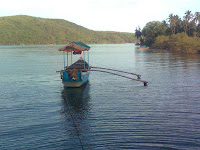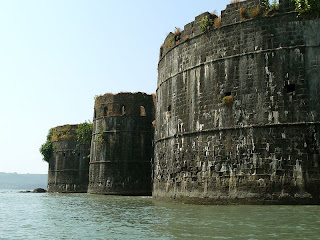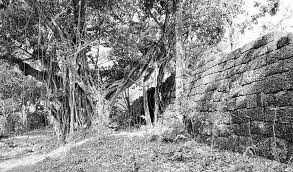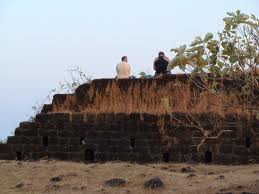People of Konkan have their own grand style of celebrating Holi. Besides other things, not to be missed is their mouthwatering delicacy- Puranpoli.

The festival is particularly popular amongst the fisher folk. They celebrate it in on a large scale and revel in the festivities by singing, dancing and merry-making. This special dance provide them means to release all their repressed feelings, needs and desires. People also utter sound through their mouths in a peculiar fashion by striking their mouths with the back of their hands.
During the Maratha regime this festival was celebrated with great pomp and grandeur. It was on a Holi festival day that five-year-old Jijabhai, daughter of Lakhooji Jadhav innocently splashed coloured water and threw gulal on young Shahaji, son of Malajirao Bhosale. Taking it as an auspicious event, the two children's engagement was announced that very day. Soon they were married. Later, Jijabhai gave birth to Shivaji, the founder of great Maratha Empire.

Holi is called Shimga or Rangpanchami
People of Maharashtra - Konkan commonly know this festival of colours by the name of Shimga or Rangpanchami. For, the play of colours is reserved for the fifth day here.The festival is particularly popular amongst the fisher folk. They celebrate it in on a large scale and revel in the festivities by singing, dancing and merry-making. This special dance provide them means to release all their repressed feelings, needs and desires. People also utter sound through their mouths in a peculiar fashion by striking their mouths with the back of their hands.
During the Maratha regime this festival was celebrated with great pomp and grandeur. It was on a Holi festival day that five-year-old Jijabhai, daughter of Lakhooji Jadhav innocently splashed coloured water and threw gulal on young Shahaji, son of Malajirao Bhosale. Taking it as an auspicious event, the two children's engagement was announced that very day. Soon they were married. Later, Jijabhai gave birth to Shivaji, the founder of great Maratha Empire.
Come Enjoy Holi In Guhagar On 18th,19th & 20th March
Book before 10th March and avail Rs. 250/- off per person
If you like this please Link Back to this article...






































